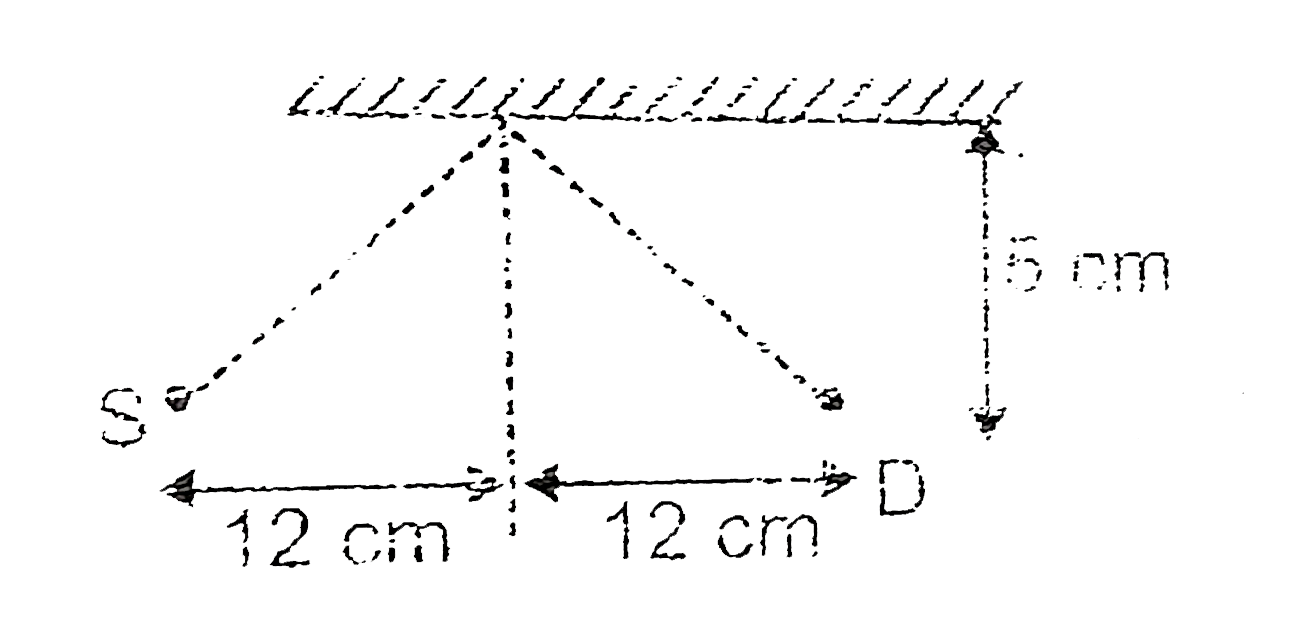Write the difference between the propagation of sound and light waves.
To differentiate between the propagation of sound and light waves, we can summarize the key differences as follows:
1. Medium Requirement:
- Sound Waves: Sound waves require a medium (solid, liquid, or gas) to propagate. They cannot travel through a vacuum.
- Light Waves: Light waves can travel through a vacuum as well as through various media.
2. Speed of Propagation:
- Sound Waves: The speed of sound in air is approximately 343 meters per second (m/s), which is significantly slower compared to light.
- Light Waves: The speed of light in a vacuum is approximately 3 x 10^8 meters per second (m/s), which is about a million times faster than sound.
3. Behavior in Different Mediums:
- Sound Waves: The speed of sound increases in denser media (like solids) compared to gases.
- Light Waves: The speed of light decreases when it travels through optically denser media (like glass or water).
4. Wave Type:
- Sound Waves: Sound waves are longitudinal waves, meaning the particle displacement is parallel to the direction of wave propagation.
- Light Waves: Light waves are transverse electromagnetic waves, meaning the oscillations are perpendicular to the direction of wave propagation.
Summary of Differences:
- Medium Requirement: Sound needs a medium; light can travel in vacuum.
- Speed: Light is much faster than sound.
- Behavior in Mediums: Sound speed increases in denser mediums; light speed decreases in denser mediums.
- Wave Type: Sound is longitudinal; light is transverse electromagnetic.
- Sound Waves: Sound waves require a medium (solid, liquid, or gas) to propagate. They cannot travel through a vacuum.
- Light Waves: Light waves can travel through a vacuum as well as through various media.
- Sound Waves: The speed of sound in air is approximately 343 meters per second (m/s), which is significantly slower compared to light.
- Light Waves: The speed of light in a vacuum is approximately 3 x 10^8 meters per second (m/s), which is about a million times faster than sound.
- Sound Waves: The speed of sound increases in denser media (like solids) compared to gases.
- Light Waves: The speed of light decreases when it travels through optically denser media (like glass or water).
- Sound Waves: Sound waves are longitudinal waves, meaning the particle displacement is parallel to the direction of wave propagation.
- Light Waves: Light waves are transverse electromagnetic waves, meaning the oscillations are perpendicular to the direction of wave propagation.
- Medium Requirement: Sound needs a medium; light can travel in vacuum.
- Speed: Light is much faster than sound.
- Behavior in Mediums: Sound speed increases in denser mediums; light speed decreases in denser mediums.
- Wave Type: Sound is longitudinal; light is transverse electromagnetic.
Topper's Solved these Questions
- BOOK - ICSECHAPTER - SOUNDEXERCISE - TOPIC 2 Infrasonic and Ultrasonic Waves (2 Marks Questions )6videos
SOUND
- BOOK - ICSECHAPTER - SOUNDEXERCISE - TOPIC 2 Infrasonic and Ultrasonic Waves ( 3 Marks Questions)3videos
SOUND
- BOOK - ICSECHAPTER - SOUNDEXERCISE - TOPIC 1 Nature of Sound Waves (3 Marks Questions )12videos
SOUND
- BOOK - ICSECHAPTER - REFLECTION OF LIGHTEXERCISE - EXERCISE 7(C)54videos
REFLECTION OF LIGHT
- BOOK - ICSECHAPTER - UPTHRUST IN FLUIDS, ARCHIMEDES' PRINCIPLE AND FLOATATIONEXERCISE - EXERCISE 5(c) (Numerical)9videos
UPTHRUST IN FLUIDS, ARCHIMEDES' PRINCIPLE AND FLOATATION
Similar Questions
Write true or false for the following statement.
We can easily make out the difference between the sound of a sitar and that of a violin.View SolutionState two differences between light and sound waves.
View SolutionSky Wave Propagation
View SolutionSky wave propagation is used in
View SolutionSpace Wave Propagation
View SolutionWhat is the difference between a sound wave and a T. V. wave ?
View SolutionA sound source, detector and a cardboard are arranged as shown in figure. The wave is reflected from the cardboard at the line symmetry of source edetector. Initially the path difference between the reflected wave and the direct wave is one third of the wavelength of sound. Find the minimum distance by which the cardboard should be moved upwards so that both waves are in phase.
 View Solution
View SolutionWhat is the phase difference between the displacement wave and pressure wave in sound wave :-
View SolutionWhat is the phase difference between the displacement wave and pressure wave in sound wave :-
View SolutionWhen a sound wave is reflected from a wall the phase difference between the reflected and incident pressure wave is:
View Solution

